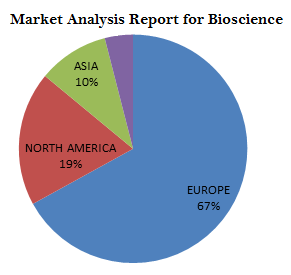Tania Fontanil
University of Oviedo, Spain
Title: Neurocan as a new substrate of ADAMTS-12: Potential implications in neuropathies
Biography
Biography: Tania Fontanil
Abstract
The extracellular matrix (ECM) of the central nervous system (CNS) has several aspects that make it unique and different from the ECM of other tissues. This includes the presence of proteoglycans such as versican, brevican and neurocan. Some of these chondroitin-bearing ECM components have been found to be substrates for several members of the ADAMTSs (a disintegrin and metalloproteinase with thrombospondin motifs) family of secreted metallo-proteases. Moreover, different studies have highlighted the ADAMTSs contribution to repair processes in central nervous system. In this regard, participation of ADAMTSs has been described in the recovery following degradation of glial scar and in stimulating axonal growth, thus enhancing neuronal synaptic plasticity induced after brain injury. However, the role of ADAMTSs in chronic diseases of the central nervous system is complex and not fully understood. A current challenge will consists in unveiling the precise role of ADAMTSs in both normal and pathological processes in the central nervous system. One of the members of this family, ADAMTS-12, has been recently genetically linked to some neuropathologies such as schizophrenia. ADAMTS-12 is known to be implicated in the degradation of some components of the ECM like COMP and aggrecan and thus related with musculoskeletal degenerative diseases. In our search for new substrates for this metallo-protease, we have found neurocan as a novel substrate which, in addition is also linked to neuropathies. Taking into account that previous studies have separately described the involvement of ADAMTS-12 and neurocan in schizophrenia, it could be speculated that the relationship between ADAMTS-12 and neurocan may have an important impact in this neurological disorder. Our ongoing studies are aimed to elucidate the relevance of the degradation of neurocan by ADAMTS-12 in neuropathies through the use of cell-based models and the phenotypic characterization of the ADAMTS-12 deficient mouse.

